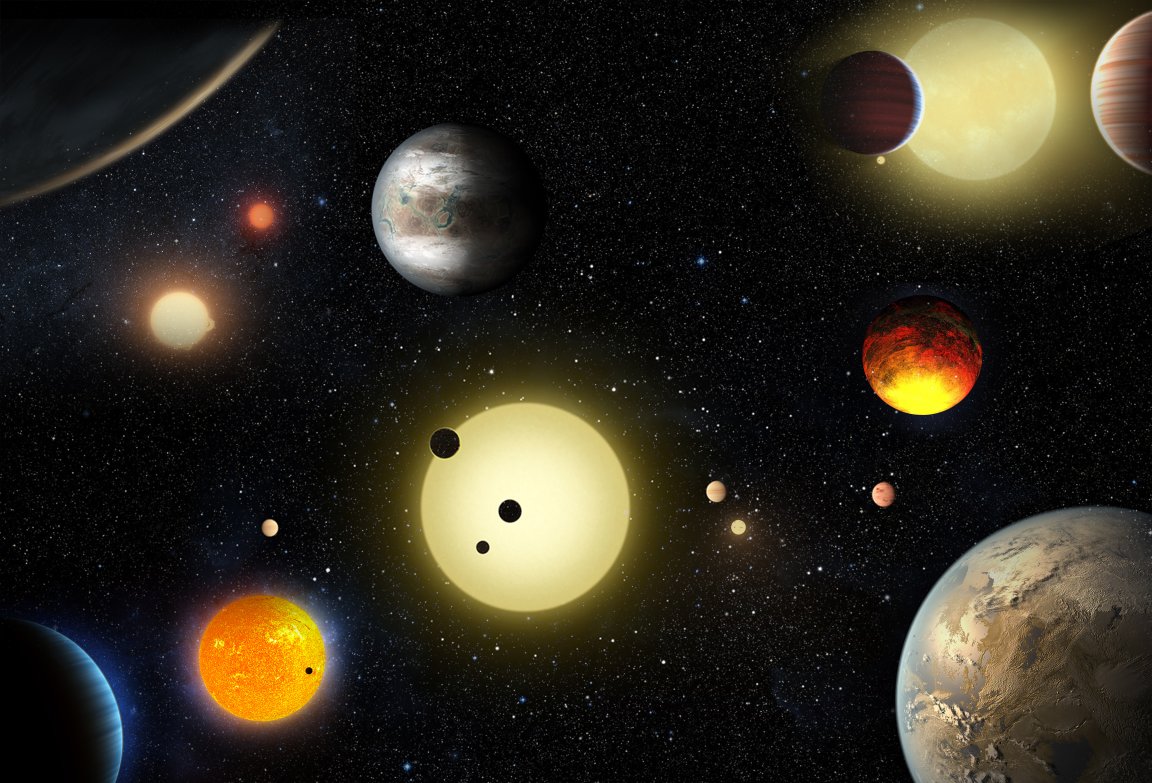
Two Exoplanets Conducive to Water
Recently, we reported Kepler space telescope’s 104-exoplanet discovery in its K2 mission, and four of these planets are believed to have a rocky terrain—which satisfies the geophysical criteria for planet habitability. Two of these planets are now believed to have good potential for hosting life.
The planets K2-72c and K2-72e, named after the red dwarf they are orbiting—K2-72, are within the goldilocks zone, meaning they are just the right distance from their host star to have temperatures that would allow liquid water to exist, sparking the possibility of life.

The fact that K2-72 is a red dwarf means its habitable zone would be closer than the Earth is to the Sun. K2-72c makes a full orbit around its host star in 15 Earth days and is presumed to be only 10% warmer than Earth. K2-72e, on the other hand, takes 24 days to make a full orbit and is believed to be 6% colder than Earth.
The discovery, announced at the 227th Meeting of the American Astronomical Society in Kissimmee, Florida, was made by observing the dimming of the star’s brightness as they pass between the Kepler’s view and their host star—a technique called the transit method.
80-Day Limit to Impress the Kepler
This brings Kepler’s findings to more than 2,300 alien worlds since it was launched in 2009, and that is despite some hurdles caused by the loss of its second reaction wheels, pushing engineers to devise a fix to have it running on its remaining three wheels.
Now Kepler doesn’t just focus on one small plot of the sky, it only gives each area only 80 days of its attention before it moves on to other areas.
Of the 2,300 alien worlds the Kepler has discovered, 2,000 are now under analysis and observation, pending exoplanet status.